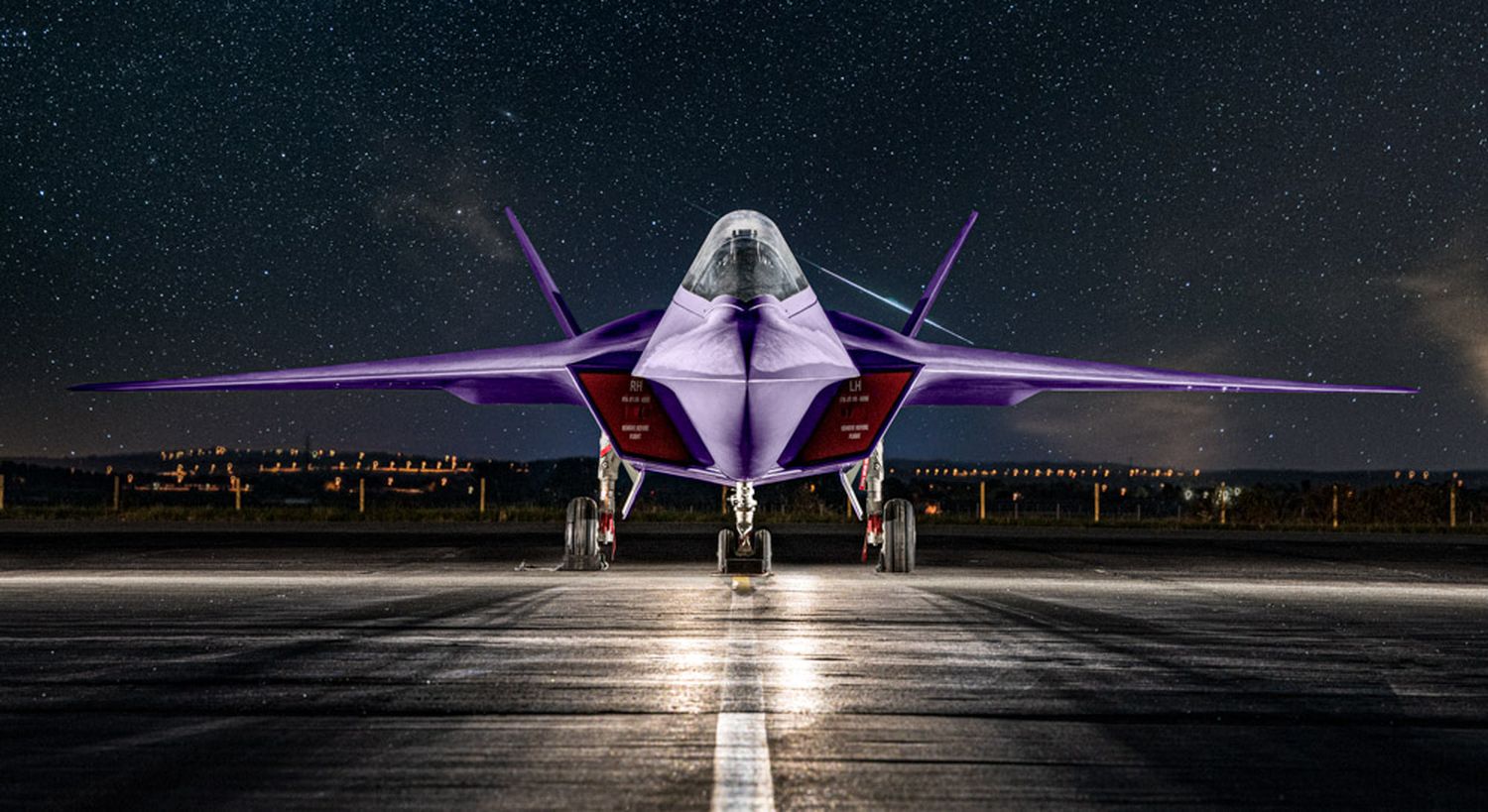UK and Japan are close to reaching an agreement to merge their Tempest and F-X next-generation fighter programs. An agreement on the joint project is expected to be reached by the end of the year.

According to Reuters, sources with knowledge on the matter said that Tokyo and London are in talks to take their defense collaboration to new horizons, planning the eventual merger of their respective next-generation fighter jet programs.
«This would be an equal partnership between Japan and Britain,» said one of the sources with knowledge of the plan.
«The main thing that we are aiming for is to build a common jet, which may have small differences in design for each country», said another of the sources.
Britain could handle exports in Europe, while Japan would handle the Asian market, said another of the three sources.
The collaboration would spread development costs, while exporting would increase production batches and reduce the price per aircraft, helping both countries stretch their defense budgets.
Background to the eventual merger
As we reported in May, the Japanese Ministry of Defense was changing its policy regarding the development of the future replacement for the Mitsubishi F-2 and is considering directing it towards a joint research and development project between Japan and the United Kingdom, centered on BAE Systems, on the British side, and Mitsubishi Heavy Industries (MHI), on the Japanese side.

There are already several joint developments of technologies that would find application on both the F-X and Tempest, such as a JNAAM long-range air-to-air missile and the JAGUAR project, which seeks to create a new generation of airborne sensors.
See also: JAGUAR Project: Japan and UK to develop new sensor technology
Pacific Alliance
This move can also be understood within the framework of the alliance being formed in the Pacific, to put a lid on China’s expansion. It would represent a deepening of security ties between two close U.S. allies.
London is taking on a bigger military role in Asia under a strategic «tilt» towards the Indo-Pacific, and Tokyo is expanding defence cooperation beyond Washington.
The shift to a European partner comes at a time when Japan’s defense spending is rising, with the budget expected to double over the next decade, as Prime Minister Fumio Kishida sticks to the national security agenda of the late former Prime Minister Shinzo Abe and fulfills an election promise to «substantially» increase military outlays.
What about the other Tempest partners?
The Tempest program is a tripartite venture between Italy, Sweden, and the UK, with the latter clearly dominating decisions on the project. While Tokyo and London are moving forward with merger negotiations, it is not known where this leaves Rome and Sweden.
Some time ago, Italy had shown interest in participating in the Japanese F-X program. Though perhaps that was just a ploy to bridge the gap between the two programs.
And the Swedish Defense Materiel Administration (FMV) recently contracted SAAB to conduct a study on the development of future fighter aircraft. It is not yet clear that Sweden wants to go all the way with the development of the Tempest, since it would be a high-performance twin-engine fighter, which would be a novelty for an Air Force historically characterized by single-engine fighters.
See also: Sweden commissions Saab to carry out preparatory study for post-Gripen future
It remains to be defined what role Italy and Sweden will play, should Japan join as another majority partner, on a par with the role played by the United Kingdom.


Comentarios
Para comentar, debés estar registrado
Por favor, iniciá sesión